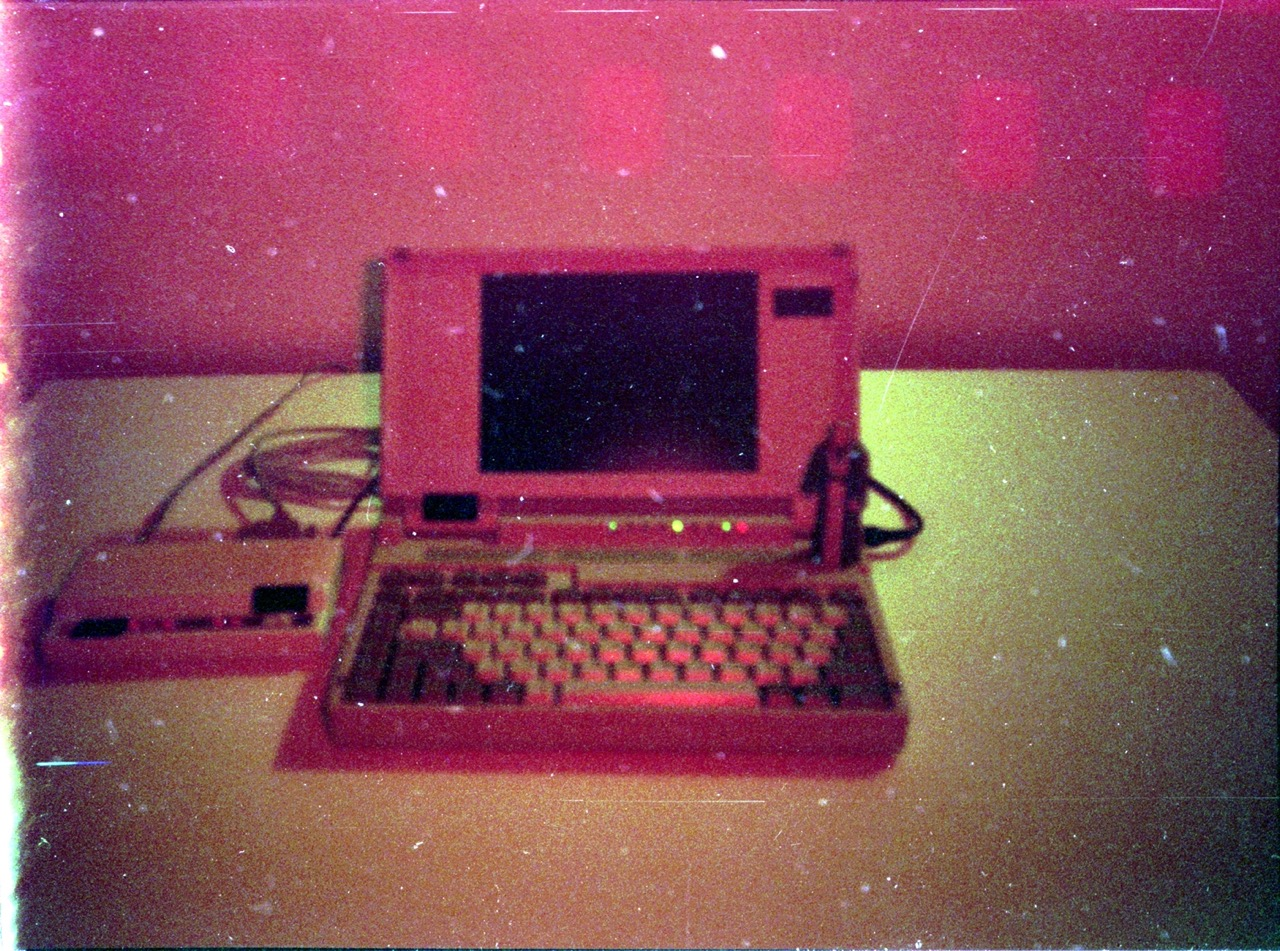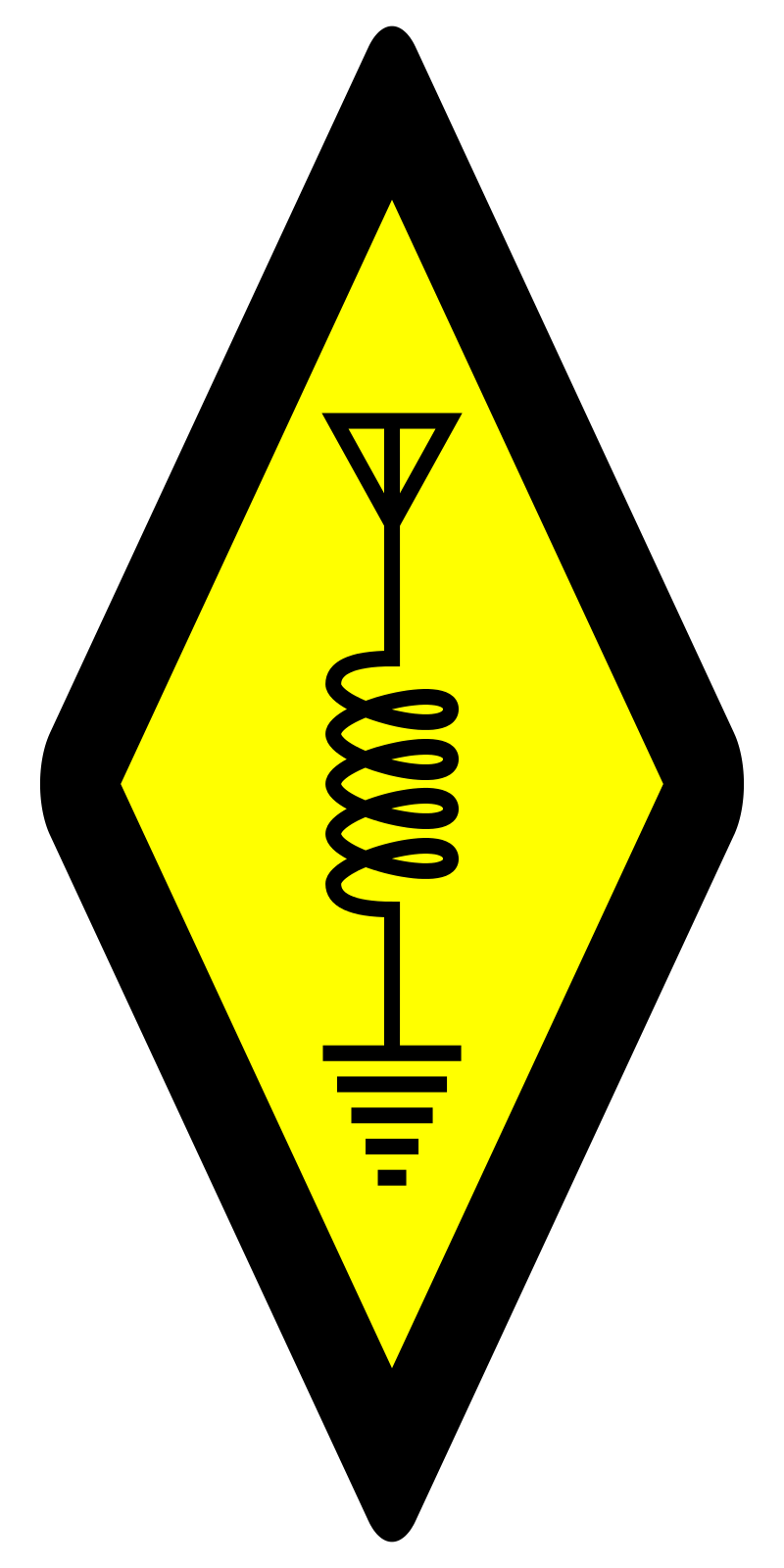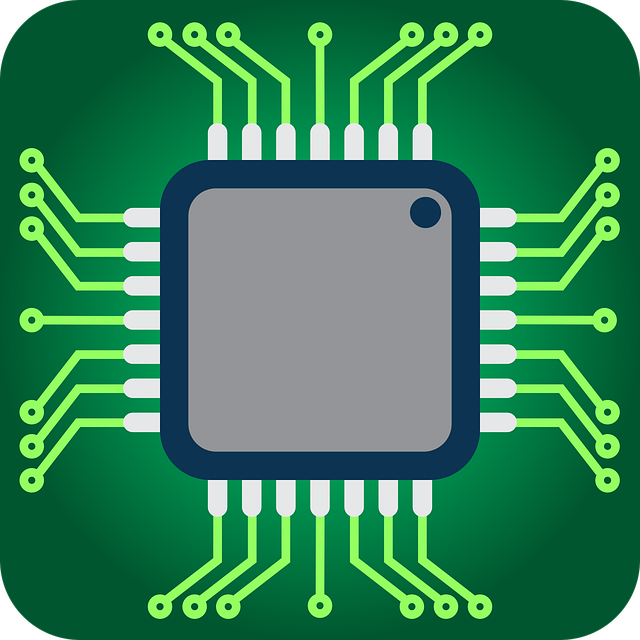

On the windows gaming machine, I let it do its own thing with UAC clickthroughs basically just notifying me when something is making system changes.
On Linux, I have a separate root password and use some combination of su, kdesu, yast, or whatever, but I never log in as root directly. I don’t game that much on Linux (that machine is lacking in graphics horsepower), but things like EU4 work well enough.


















Very cool. Always impressed by debugging skills